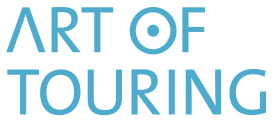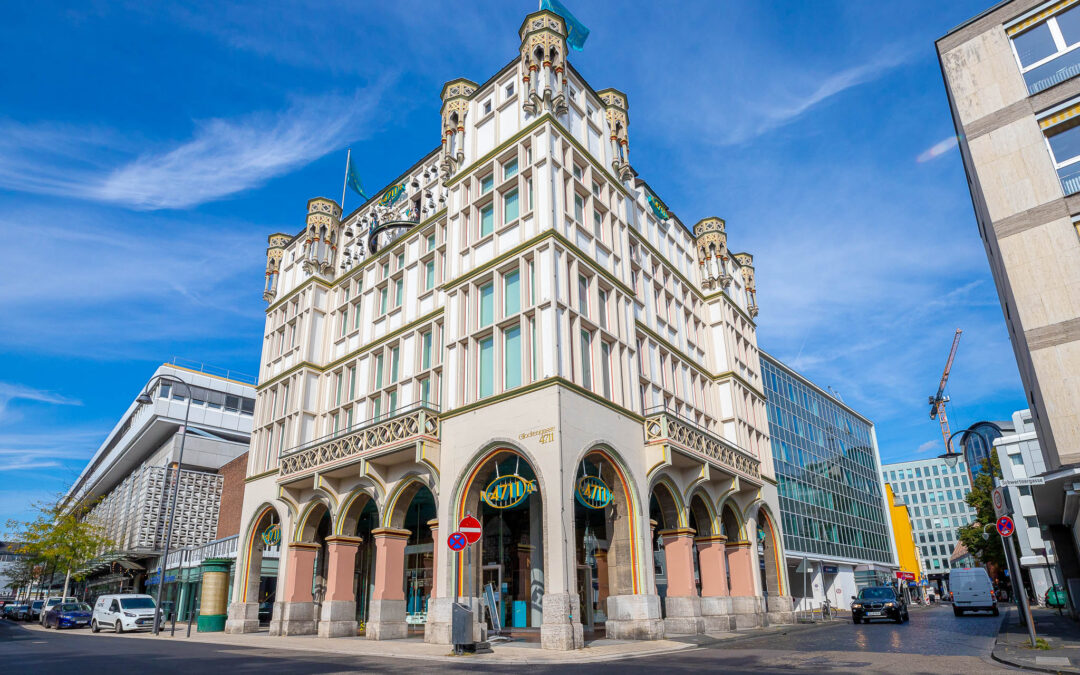Walk through the cobbled streets of Cologne’s old town, and it won’t be long before a familiar scent lingers in the air. No, it’s not your imagination — it is Eau de Cologne. Today, the term “cologne” has become generic in many parts of the world, often used to refer to any men’s fragrance. But in Cologne — and particularly along the Rhine — it still carries its historical weight.
Cologne is quite literally the birthplace of one of the world’s most iconic fragrances. But behind the bright citrus notes of Eau de Cologne lies a fascinating tale of rivalry, reinvention, and European history.
Locals joke that babies are baptized in Eau de Cologne as a symbol of their pride of the scent’s legacy. For visitors, it’s not just a fun souvenir — it’s a whiff of history in a bottle. If you’ve ever wondered where the term “cologne” comes from — and what makes real Eau de Cologne from Cologne so special — you’re in the right place. Read on to find out more about this unique Cologne history.
Eau de Cologne: The Real Story Behind Cologne’s Fragrance Rivalry
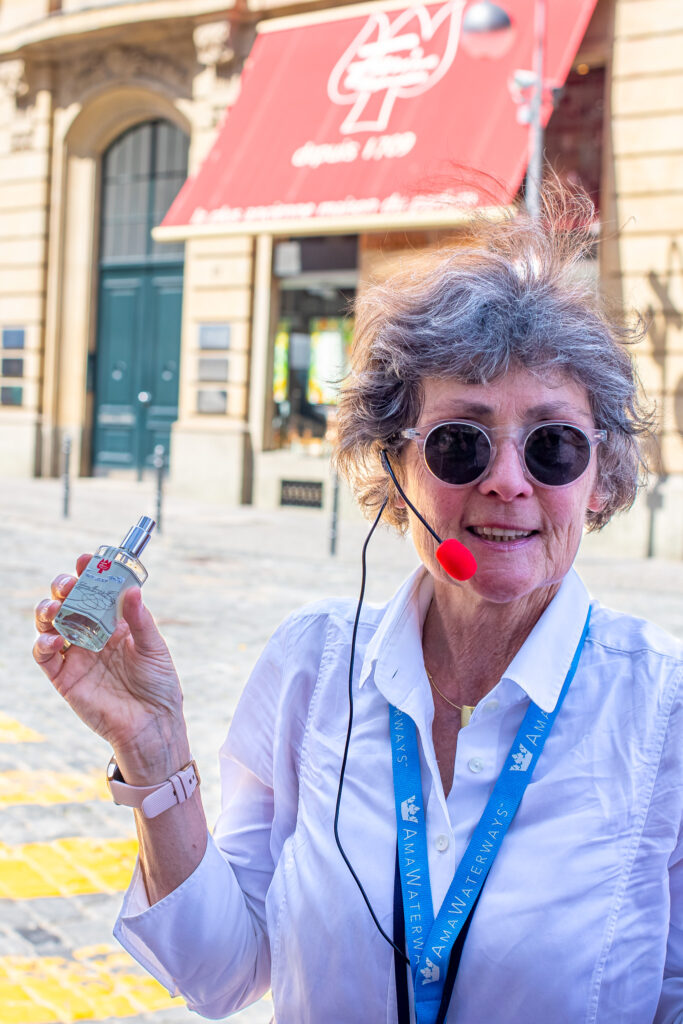
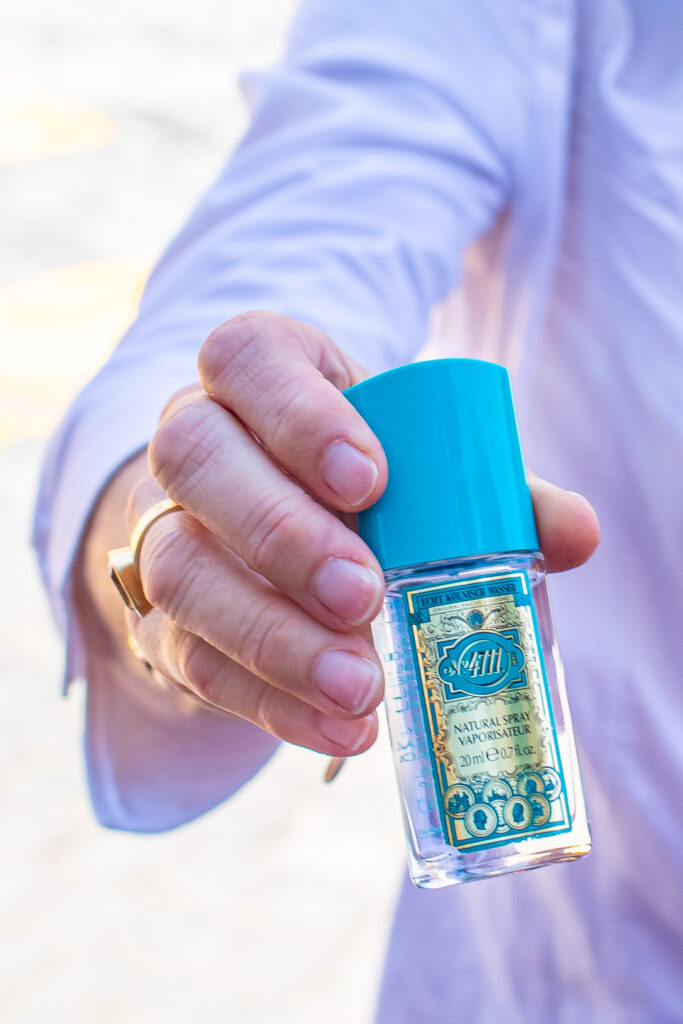
A Fragrant Beginning: The Birth of Eau de Cologne
The story begins in the early 18th century. In 1709, an Italian-born perfumer named Giovanni Maria Farina moved to Cologne and created a light, citrusy fragrance that he named after his new home: Eau de Cologne, or “Water of Cologne.”
Unlike the heavy, musky perfumes popular in France at the time, Farina’s creation was fresh, clean, and subtle. It was based on a blend of bergamot, lemon, neroli, orange, and lavender. Farina claimed the scent reminded him of an “Italian spring morning after the rain”.
It quickly caught the noses of Europe’s elite. Royal courts like Queen Victoria’s, aristocrats like Clemens August of Bavaria, and even Napoleon were fans of this fragrance. But Eau de Cologne wasn’t just a pleasant perfume. It was also used as a tonic, a breath freshener, a disinfectant, and even medicine. The Farina family built a fragrance dynasty around this “miracle water”, exporting it across the continent and fiercely guarding its recipe.
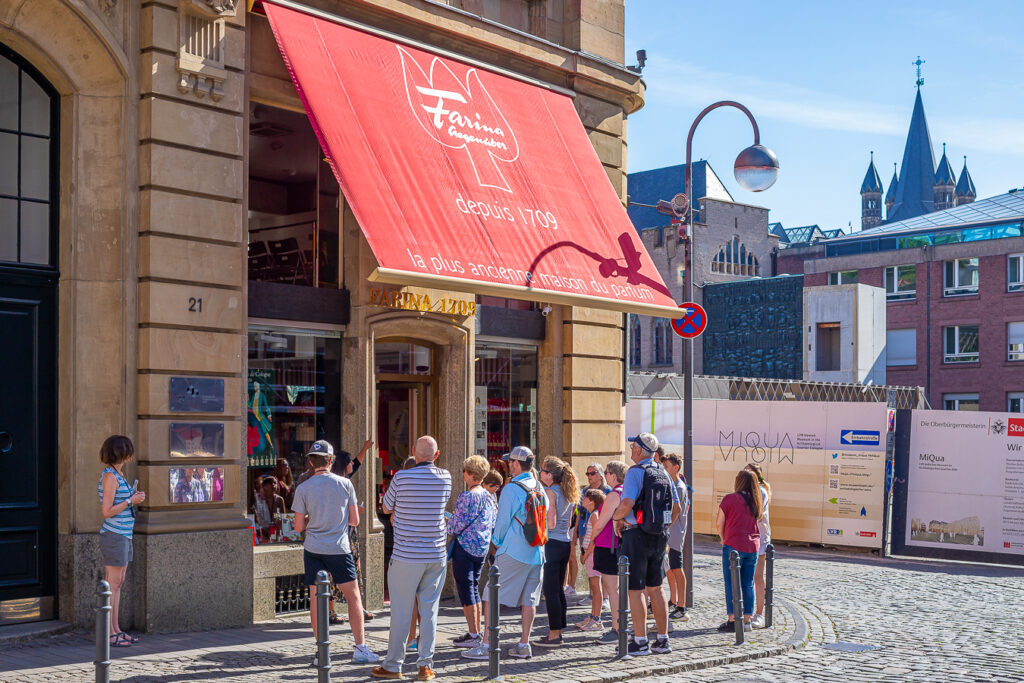
Enter the Rival: 4711 and the House of Mülhens
For a while, the Farina family had a near monopoly on Eau de Cologne. But things changed during the French occupation of Cologne in the late 18th century, when Napoleon’s troops arrived and disrupted the old rules — including those protecting trade secrets.
Around this time, Wilhelm Mülhens, a local businessman, acquired a similar citrus-based fragrance recipe (likely through a French monk) and began producing his own version of Eau de Cologne. He branded it with the now-famous number 4711, named after the building’s address on Glockengasse. Unlike Farina’s refined branding, Mülhens went all-in on scale, marketing and accessibility. He built a perfume empire of his own — one that would rival Farina’s for centuries to come.
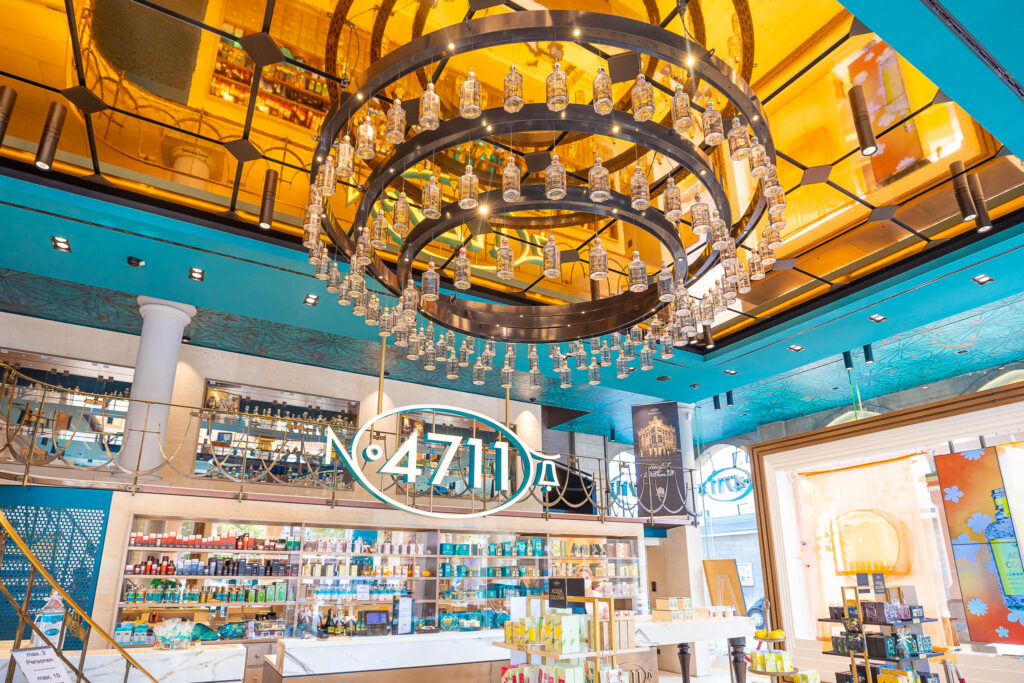
Farina vs. 4711: Cologne’s Legal Battles
With two major perfume houses claiming ownership of Eau de Cologne, things got heated — legally and otherwise. Legal battles and trademark disputes continued for over 100 years, with both companies emphasizing their unique heritage.
The Farina family argued (with good reason) that they had invented the original Eau de Cologne and were the rightful owners of the name. Their branding was all about elegance, prestige, and continuity. Even today, the Farina house claims to be the oldest fragrance factory in the world, operating continuously since 1709.
The 4711 brand, on the other hand, leaned into popular appeal and marketing prowess. They were the first to mass-produce Eau de Cologne on a large scale, and their signature turquoise and gold label became a fixture in households around the world.
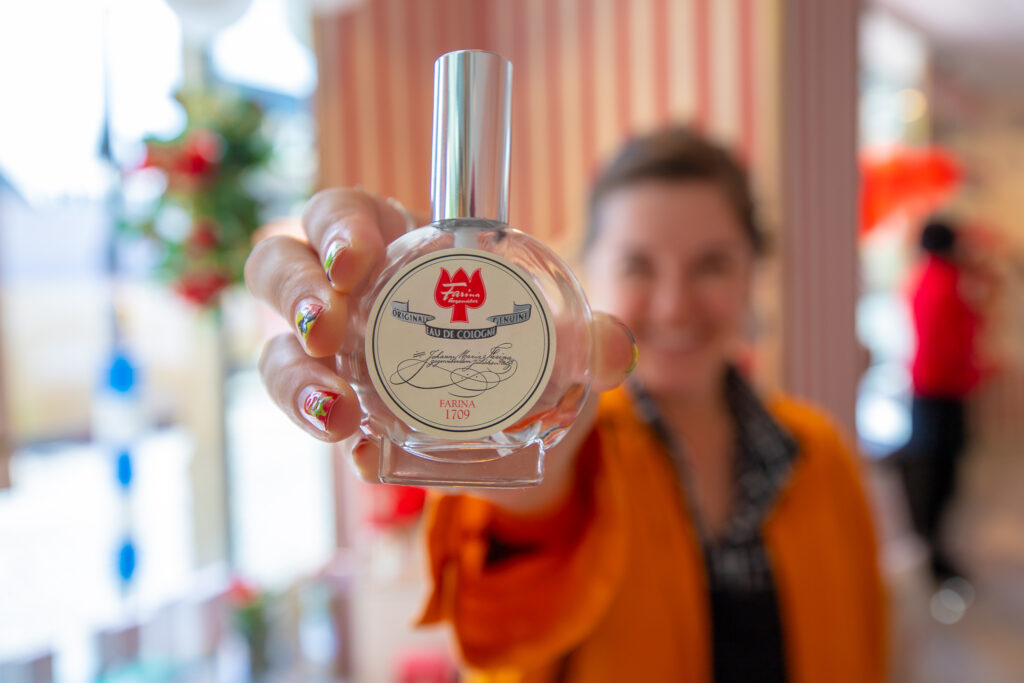
What’s the Difference Today?
Both Farina and 4711 continue to produce Eau de Cologne in Cologne today. They both market themselves as the original Eau de Cologne. Visiting their respective locations is a must-do activity in Cologne for any traveler curious about the history and art of perfumery.
- The Farina House is now a beautifully curated museum & shop where you can learn about the history of the fragrance, see original manuscripts, and even sniff different raw ingredients used in the original formula. You’ll spot the famous red logo — a silhouette of the founder in profile — just behind City Hall in the heart of Cologne’s old town.
- The 4711 House on Glockengasse is a bit flashier — part boutique, part historic display. A fountain of 4711’s Eau de Cologne greets you at the entrance, and the shop offers a chance to create your own scent at their fragrance studio. While the brand has changed hands multiple times, it remains an icon of German fragrance.
The key difference? Farina remains true to the original 1709 formula, produced in smaller batches and marketed as an affordable luxury item. Plus, it is still owned & operated by the Farina’s family. 4711, while still producing the original fragrance, has expanded internationally. Nowadays, it is mass-produced with multiple different fragrance lines including lavender, orange blossom, and even “cool” modern blends.
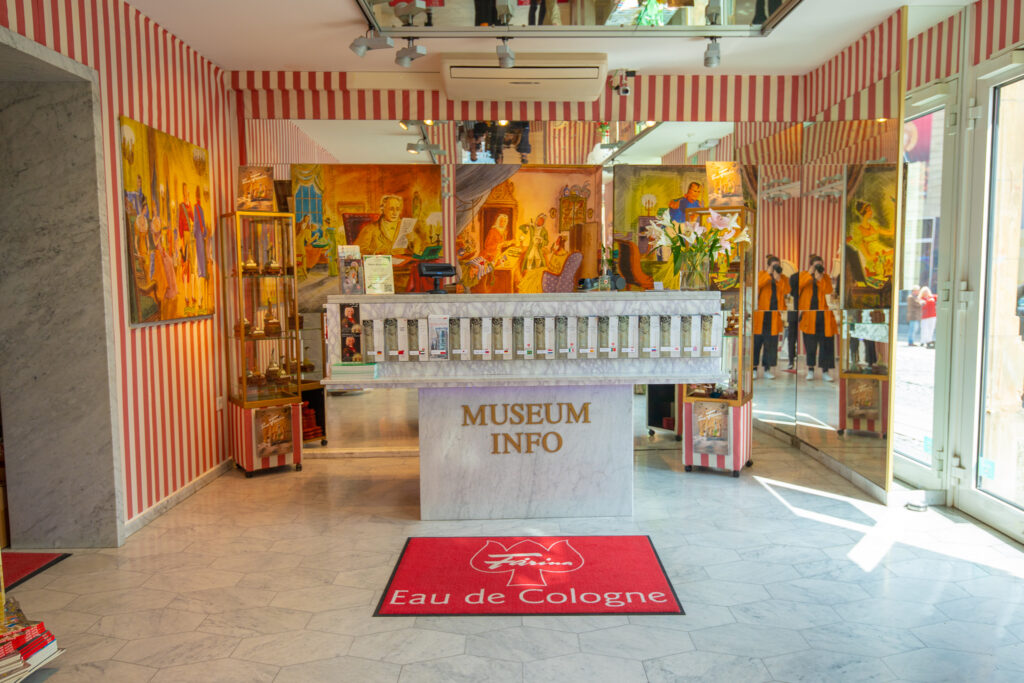
Final Thoughts: A Rivalry Worth Sniffing Out
The Eau de Cologne story is more than just an olfactory delight — it’s a window into Cologne’s rich cultural history, entrepreneurial spirit, and artistic legacy. And unlike many rivalries, this one ends in a win-win for visitors: two iconic scents, one unforgettable city.
Want to dive deep into this fragrance history? At Art of Touring, we offer custom guided tours of Cologne and we would be happy to coordinate your next Cologne itinerary. Next time you’re along the Rhine, take a moment to follow your nose. It just might lead you to one of Cologne’s most fragrant treasures.
